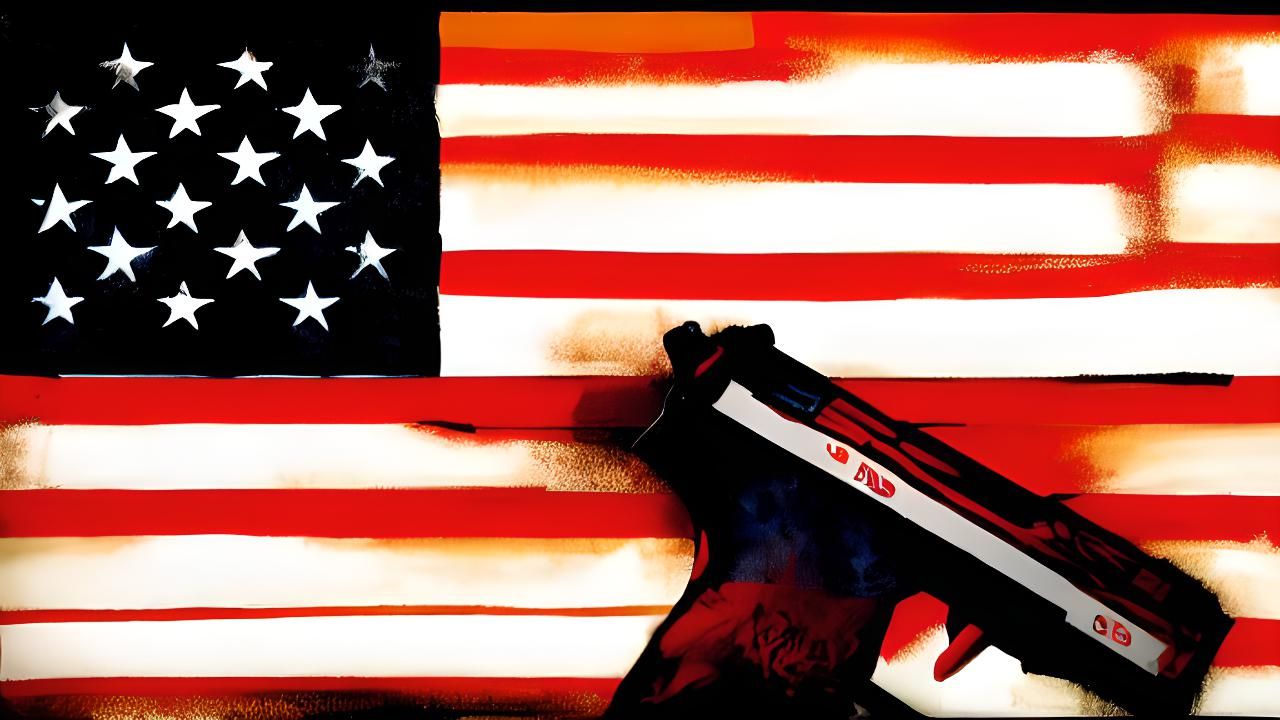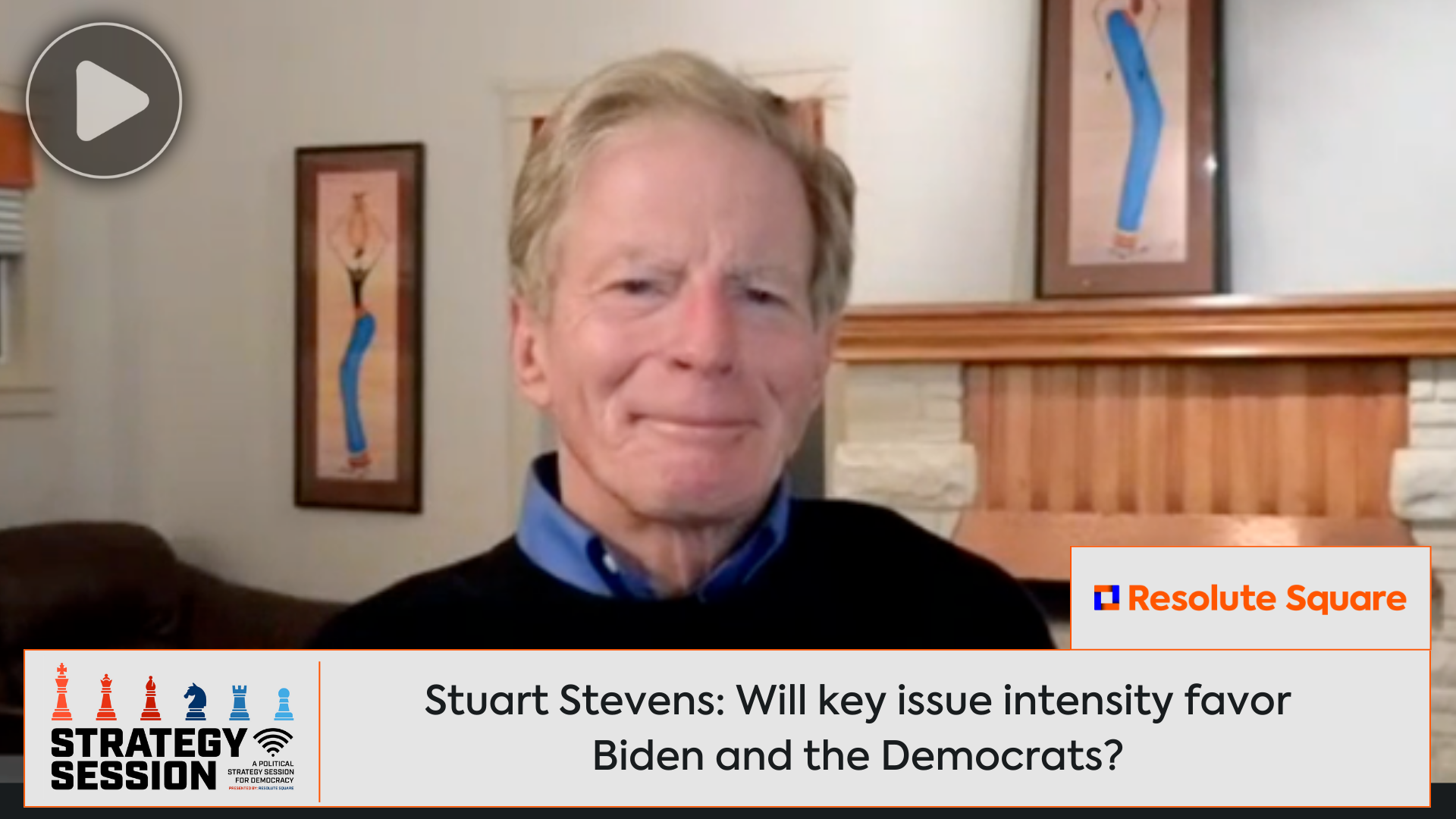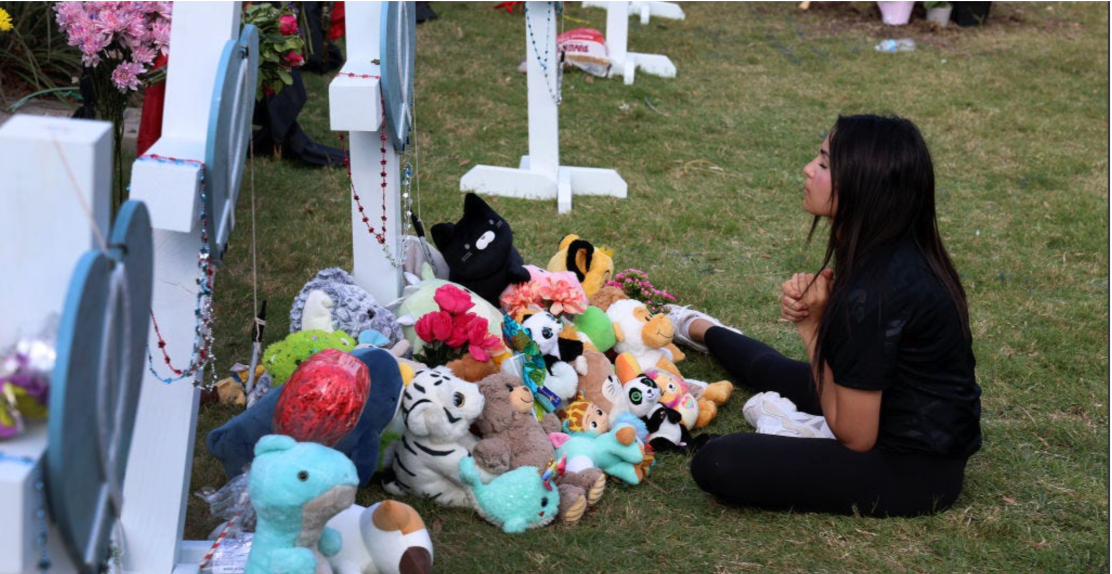By Brian Daitzman
Economic inequality, gun accessibility, and gun violence are deeply intertwined in contemporary society. High inequality and easy access to firearms, whether legal or illegal, significantly contribute to gun violence.
The role of a robust social safety net can mitigate this violence and is frequently overlooked. It can offer a path toward safer communities rather than the false narrative often promoted by pro-gun advocates that “more guns equals less gun violence.”
High Inequality and Gun Violence
Economic inequality creates an environment ripe for violence. Social cohesion weakens in societies where wealth is unevenly distributed, and tensions rise. People living in poverty often experience higher levels of stress, marginalization, and hopelessness, leading to increased aggression and a greater propensity for violence.
Empirical studies support this link. Research conducted by the World Bank has shown that countries with high levels of income inequality tend to experience higher rates of violent crime, including gun violence. In the United States, states with the highest Gini coefficients—a measure of income inequality—such as Louisiana and Mississippi also exhibit some of the highest rates of gun violence per capita. This pattern is not coincidental; it reflects the broader social dynamics at play.
Easy Access to Guns
The availability of firearms exacerbates the problem. In countries and states where guns are easily accessible, whether through legal channels or black markets, the likelihood of gun-related incidents increases. Easy access to firearms lowers the barrier to impulsive violence and escalates conflicts that might otherwise result in non-lethal outcomes.
The United States is a prime example. The nation has the highest rate of civilian gun ownership globally, with approximately 120.5 guns per 100 people. This high prevalence correlates with its high rates of gun violence, which are significantly greater than those in other developed countries with stricter gun control laws. Studies by the American Journal of Public Health have consistently found that higher levels of gun ownership are associated with higher rates of gun homicide.
The “More Guns, Less Crime” Fallacy
A common argument among pro-gun advocates, particularly on the American Right, is that increasing the number of guns in circulation will lead to a decrease in gun violence. This belief hinges on the notion that a “good guy with a gun” can stop a “bad guy with a gun,” thereby reducing crime overall. However, empirical evidence challenges this assertion.
States with Relaxed Gun Laws
Several states in the U.S. have relaxed their gun laws, making it easier for individuals to purchase and carry firearms. Let’s examine the impact of these policy changes on gun violence.
Missouri: In 2007, Missouri repealed its permit-to-purchase law, which required a background check for all handgun buyers. Following this change, research from the Johns Hopkins Center for Gun Policy and Research found that the firearm homicide rate in Missouri increased by 25%, suggesting a direct link between the relaxation of gun laws and an increase in gun violence.
Arizona: Arizona has some of the most permissive gun laws in the United States, allowing residents to carry concealed weapons without a permit. Despite this, the state has one of the highest rates of gun deaths in the country. According to data from the Centers for Disease Control and Prevention (CDC), Arizona’s gun death rate is 16.7 per 100,000 people, significantly higher than the national average.
Alaska: Alaska also has very lenient gun laws, including no permit required to purchase a gun or carry a concealed weapon. The state experiences one of the highest gun death rates in the nation, at 24.4 per 100,000 people. This high rate of gun deaths undermines the argument that more guns lead to less crime.
The Evidence Against “More Guns, Less Crime”
The data from these states indicate that relaxing gun laws and increasing the availability of firearms do not lead to a decrease in gun violence. Instead, these policies appear to correlate with higher rates of gun-related deaths. The premise that “more guns equals less gun violence” fails to hold up under scrutiny. The presence of more guns tends to escalate violent encounters and increase the likelihood of deadly outcomes.
Comparative Analysis: United States vs. Other English-Speaking Countries
To further illustrate the link between inequality, gun access, and gun violence, it’s useful to compare the United States with other English-speaking countries: Canada, Australia, New Zealand, and the United Kingdom. These nations share similar cultural backgrounds but differ significantly in their levels of inequality, gun accessibility, and social safety nets.
Canada
Canada, with its relatively lower levels of income inequality and stronger social safety net, experiences much lower rates of gun violence compared to the United States. Canada has stricter gun control laws, requiring background checks and firearm licenses. According to Statistics Canada, the gun homicide rate in Canada is about 0.5 per 100,000 people, significantly lower than the 12.21 per 100,000 people in the United States. Canada’s comprehensive healthcare system, social welfare programs, and educational opportunities contribute to lower economic stress and social stability, reducing the drivers of gun violence.
Australia
Australia offers another telling comparison. Following the Port Arthur massacre in 1996, Australia implemented stringent gun control measures, including a gun buyback program that significantly reduced the number of firearms in circulation. Australia’s gun homicide rate is approximately 0.18 per 100,000 people. Additionally, Australia has a robust social safety net, including universal healthcare and extensive social services, which helps mitigate economic disparities and prevent violence. The correlation between reduced gun ownership, strong social programs, and low gun violence rates is evident.
New Zealand
While culturally similar to the United States, New Zealand has far stricter gun control laws and a well-developed social safety net. Following the Christchurch mosque shootings in 2019, New Zealand quickly enacted stricter gun laws, including banning semi-automatic weapons. The country’s gun homicide rate is around 0.16 per 100,000 people. New Zealand’s emphasis on social welfare, healthcare, and education supports social cohesion and reduces economic pressures that can lead to violence.
United Kingdom
The United Kingdom has one of the lowest rates of gun violence among English-speaking countries, with a gun homicide rate of about 0.04 per 100,000 people. The UK has some of the strictest gun control laws globally, with firearms ownership heavily regulated. Additionally, the UK’s social safety net, including the National Health Service (NHS) and comprehensive social welfare programs, plays a critical role in mitigating economic inequality and providing support to vulnerable populations. This strong social support system helps to reduce the social stressors that can lead to violence.
The Mitigating Role of the Social Safety Net
While high inequality and easy access to guns are potent predictors of gun violence, the presence of a strong social safety net can mitigate these effects. A social safety net, including programs such as unemployment benefits, healthcare, education, and social services, provides essential support to those in need, reducing the stresses associated with economic hardship.
Countries like Norway and Denmark, which boast comprehensive social safety nets, experience significantly lower levels of gun violence compared to the United States despite having relatively high levels of gun ownership. These countries invest heavily in social programs that address the root causes of violence, such as poverty, lack of education, and inadequate healthcare. Providing support and opportunities fosters social cohesion and reduces the desperation that can lead to violent behavior.
Case Studies: United States vs. Norway
To illustrate the mitigating effect of the social safety net, a comparison between the United States and Norway is instructive. The United States, with its high levels of income inequality and relatively weak social safety net, experiences around 12.21 gun-related deaths per 100,000 people annually. In contrast, Norway, which has a robust social safety net and lower income inequality, experiences only about 1.75 gun-related deaths per 100,000 people annually.
Norway’s approach to social welfare is comprehensive. It includes universal healthcare, free education, and substantial unemployment benefits, all of which contribute to reducing economic disparities and fostering a sense of security among its citizens. This comprehensive support system helps prevent the social fragmentation and marginalization that can lead to violence.
The correlation between high inequality, easy access to guns, and increased likelihood of gun violence is clear and supported by empirical evidence. However, the degree to which a state’s social safety net can mitigate this violence is equally significant. By investing in social programs that address the root causes of economic hardship and social disintegration, societies can reduce the factors that lead to gun violence.
A balanced approach that combines efforts to reduce economic inequality, regulate firearm accessibility, and strengthen the social safety net offers the best hope for creating safer communities. This holistic strategy acknowledges the complexity of gun violence and addresses its underlying causes, paving the way for a more peaceful and equitable society










